->greyhoundollie The air is warmed by compressing, but by the time it makes its way through a hundred feet of exposed hose and then when the pressure is released into the hat it comes out quite cool! You head is not generally touching the hat so there is little conduction there. For cold water you rug up in thermals and work hard!
Cheers Phil


 LinkBack URL
LinkBack URL About LinkBacks
About LinkBacks


 Reply With Quote
Reply With Quote
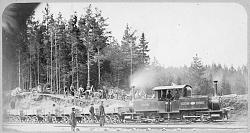
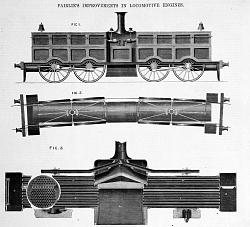
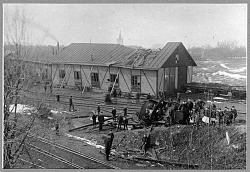
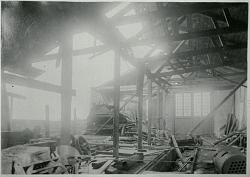
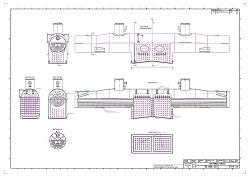
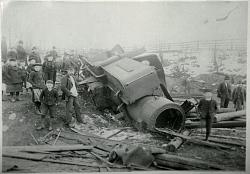
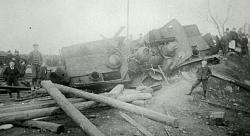
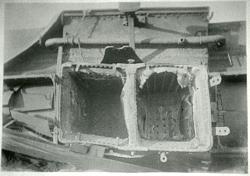
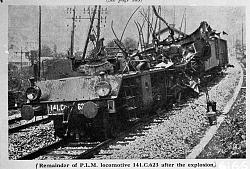
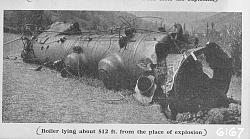
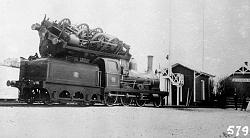



Bookmarks